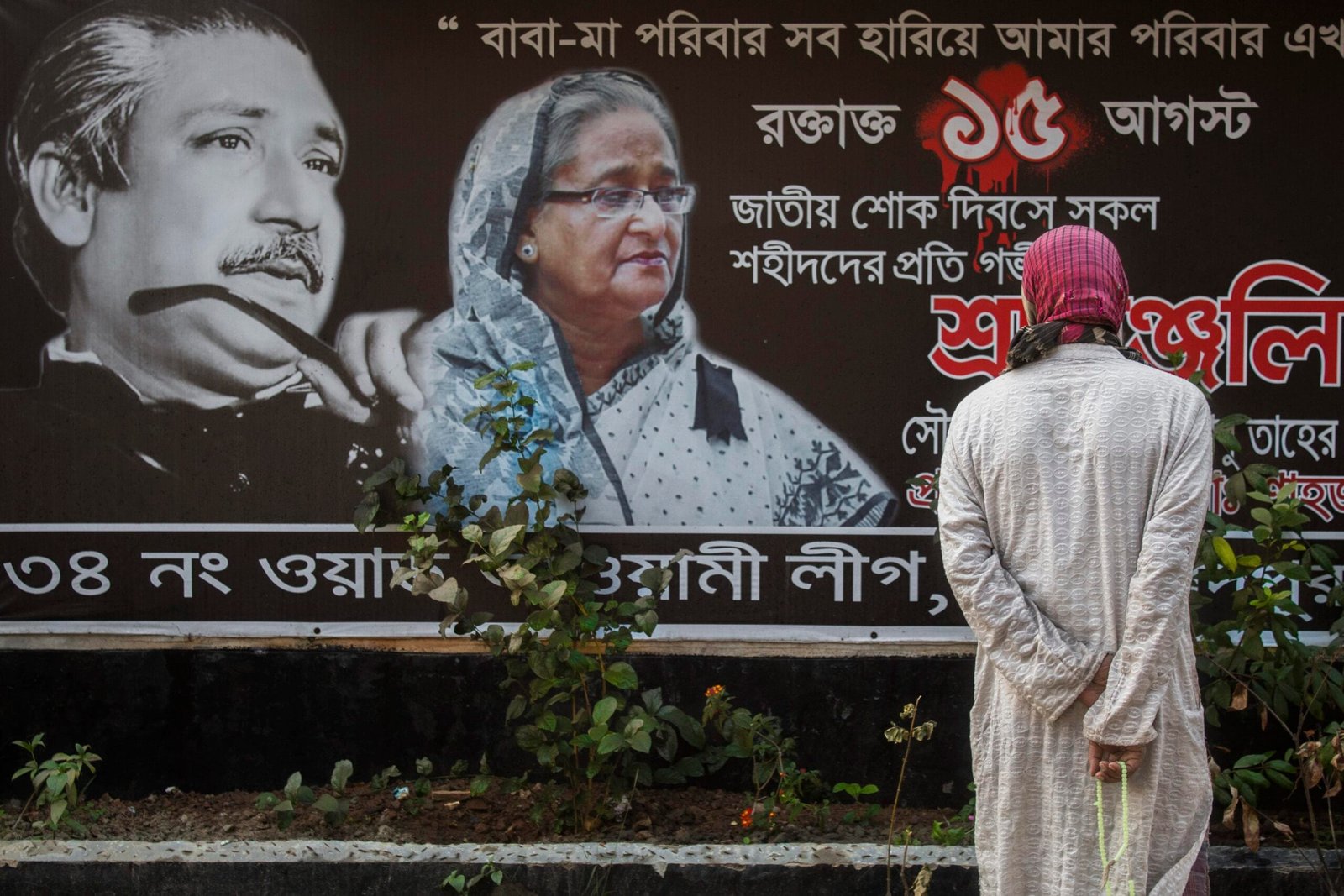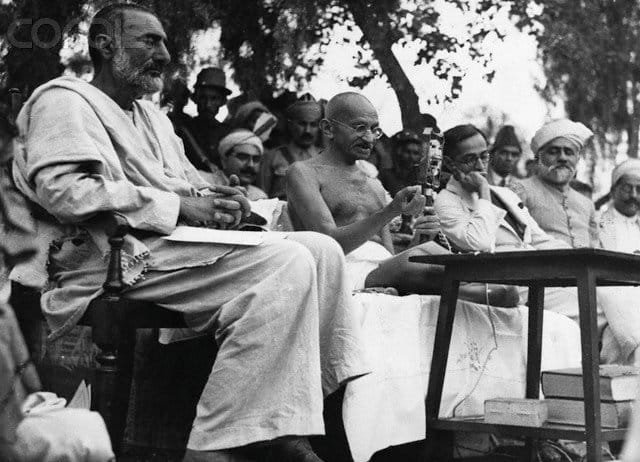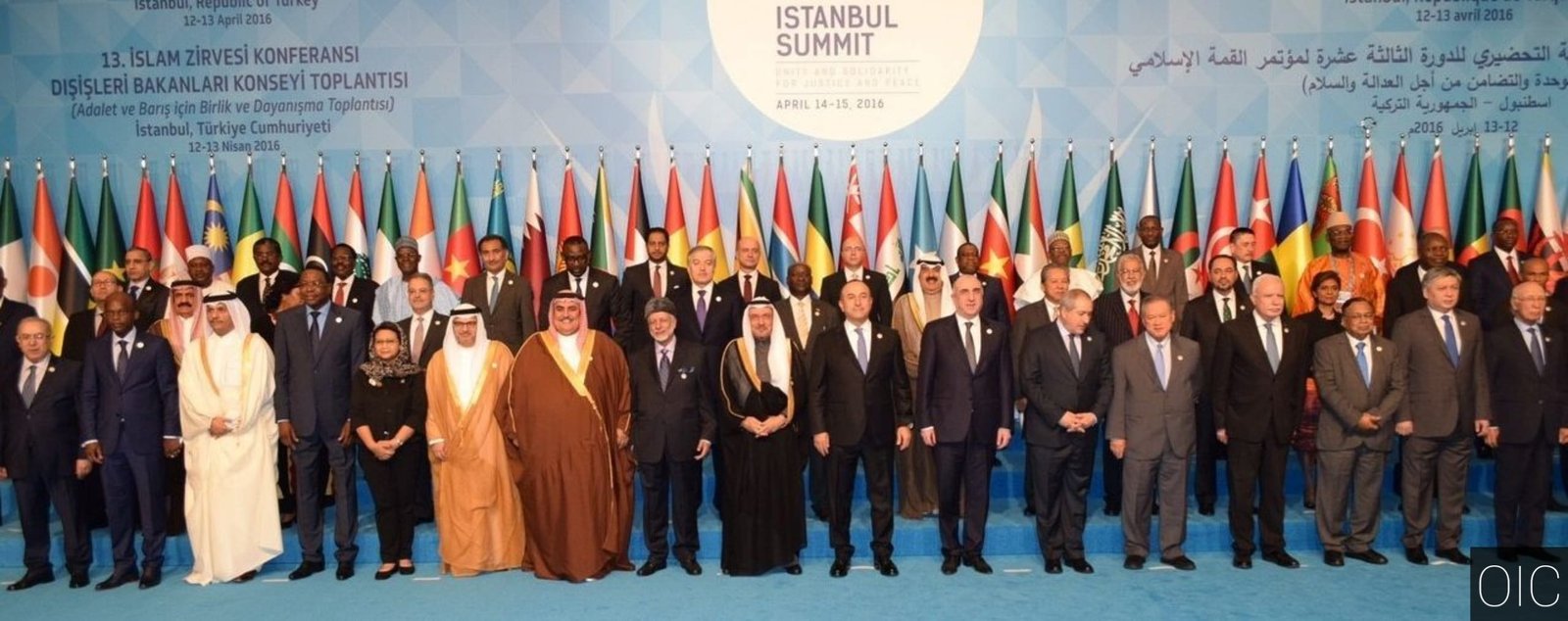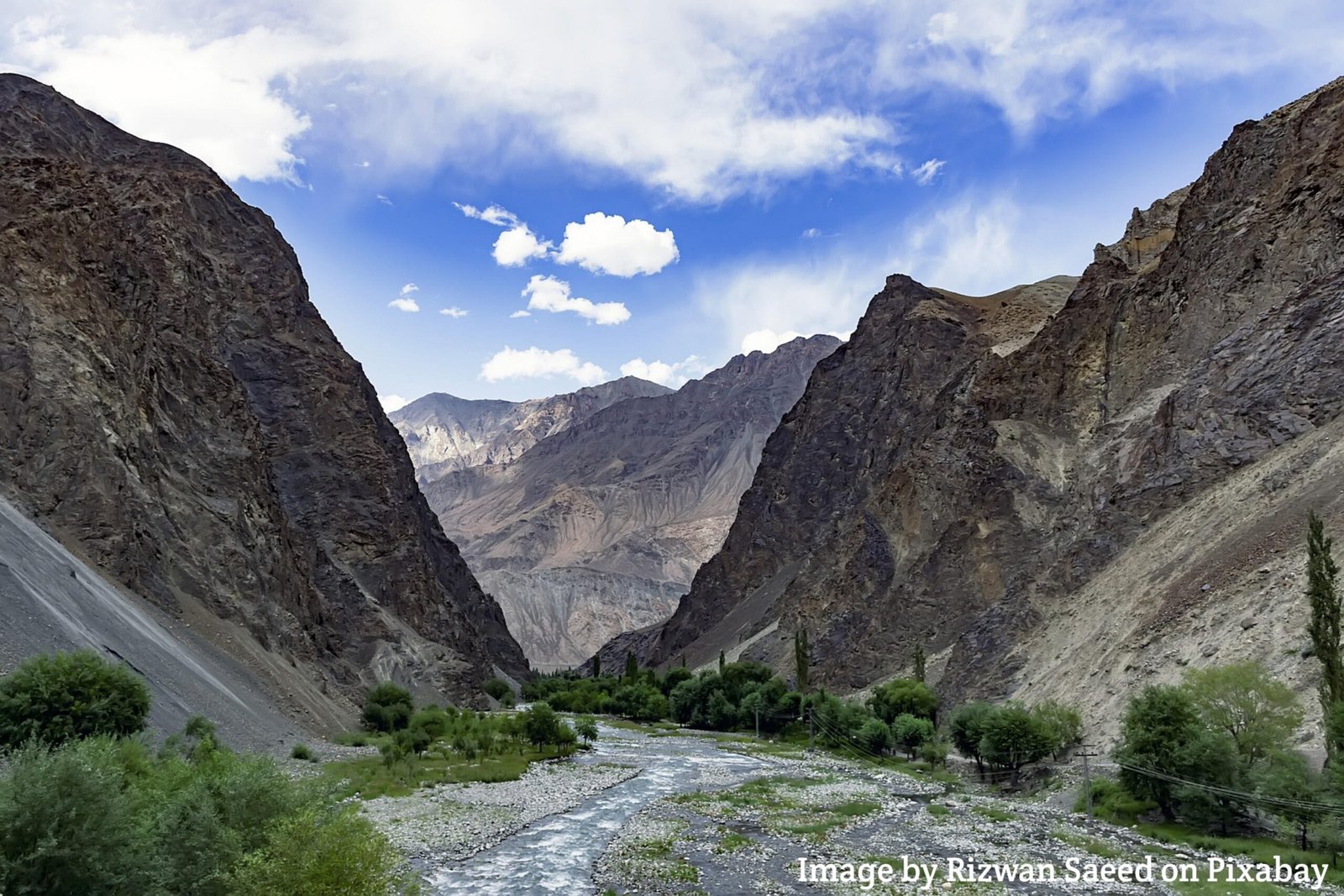
Table of Contents
Early Life and Education
Sheikh Hasina Wajid was born on September 28, 1947, in the village of Tungipara, Gopalganj district of Bangladesh. As she was the daughter of Sheikh Mujibur Rahman, she raised in a political family. Her father was recognized as the founding leader of Bangladesh. She learned a lot from her father. Sheikh Mujibur Rahman’s pivotal role in Bangladesh played a critical role in molding Hasina’s later political ambitions and ideologies.
Sheikh Hasina Wajid was educated in Dhaka. She attended various schools that contributed to her development. Her early education was characterized by a strong emphasis on academic achievement, which was encouraged by her family. She completed her degree in Sociology at the University of Dhaka. This academic background not only improved her understanding of social issues but also provided a strong foundation for her future political aspirations.
She also faced significant upheaval in chaotic political landscape in Bangladesh. The assassination of her father and most of her family members in 1975 affected her life and political views. These events motivated her to serve her country. As a political icon, Hasina’s early experiences shaped her approach to leadership and governance in Bangladesh.
Political Career Beginnings
In 1981, she started her political journey upon her return to Bangladesh after years of exile. This period was marked by significant challenges, as she entered a predominantly male political arena that was often resistant to female leadership. Despite these challenges, she was determined to pursue her political career.
Initially, she faced the challenging task of re-establishing her party, the Awami League, which had been weakened during her absence and amid the ongoing turmoil in Bangladesh. Her leadership helped rebuild the party and gather support during the struggle of nation after military rule and political instability. Through strategic alliances and grassroots mobilization, she began to secure a space for herself as a powerful political figure. During this time, she supported social causes which made her popular among many Bangladeshi citizens.
Her determination paid off in 1996 as she was appointed Prime Minister of Bangladesh. It was a historic event in a country eager for progressive leadership. In addition to changing the story of women’s political engagement, her term would also change Bangladesh’s own future directions.
Tenure as Prime Minister
Sheikh Hasina Wajid has been a pivotal figure in Bangladesh’s political landscape. She served as Prime Minister during two distinct periods: first from 1996 to 2001, and subsequently from 2009 to the 2024. Her return to power in 2009 marked a significant turning point in the country’s governance and development.
1st Term
From June 1996 until July 2001, Sheikh Hasina Wajid presided over Bangladesh as prime minister for the first time. She signed the Ganges water-sharing agreement with India, which would last for 30 years. Hasina was awarded the UNESCO Peace Prize for bringing an end to the insurgency in the Chittagong Division when her government signed the Chittagong Hill Tracts Peace Accord in December 1997. As bilateral ties with neighboring states improved, her government launched the Ashrayan-1 Project. In 1998, Hasina’s administration finished the massive Bangabandhu Bridge project.
2nd Term
On November 6, 2008, Hasina went back to Bangladesh to run in the general election that was set for December 29. Under the “Grand Alliance” banner, she chose to run for parliament, with Hussain Muhammad Ershad’s Jatiya Party serving as its primary ally. In an official news conference on December 11, 2008, Hasina declared her party’s electoral agenda and pledged to create a “Digital Bangladesh” by 2021.
In the 2008 general election, her Awami League and the Grand Alliance (a total of 14 parties) secured 230 out of 299 seats, giving them a two-thirds majority. The chief election commissioner was accused of “stage-managing the parliamentary election” by Khaleda Zia, the leader of the BNP-led coalition (4-Party Alliance), who disputed the election’s results. On January 6, 2009, Sheikh Hasina Wajid took the oath of office as prime minister for a second term. According to independent observers, the elections were conducted in a joyous and tranquil setting.
3rd Term
With a huge victory in the 2014 general election, Hasina and her ruling Awami League and its Grand Alliance partners were able to gain a second consecutive term in power. Because of the unjust conditions and the absence of a nonpartisan government to run elections, major opposition parties boycotted the election. Consequently, the AL-led Grand Alliance surpassed its 2008 poll performance, which saw it win 263 parliamentary seats, by winning 267 seats, of which 153 were uncontested. In this election, Sheikh Hasina’s Awami League, which has ruled Bangladesh since 2009, took home 288 seats. It was charged with utilizing filled vote boxes by one of the main opposition parties. The BNP was among the major opposition groups who boycotted the election.
4th Term
Her Awami League won 288 of the 300 parliamentary seats, giving Hasina fourth term. The vote was deemed “farcical” by Kamal Hossain, the leader of the main opposition alliance, who rejected the outcome. Human Rights Watch and other rights organizations had charged the government with harassing the opposition prior to the election. The editorial board of the New York Times called the election “fanciful,” said that Hasina probably would have won if there had been no vote-rigging, and asked why she did so.
5th Term
Hasina won her fifth term (fourth consecutive) in January 2024 when the main opposition boycotted the election and her party, the Awami League, gained 224 of the 300 parliamentary seats despite low voter turnout. On January 11th, she was inaugurated.
She had traveled to India on June 2024. She also made an official visit to China in July 2024 at the invitation of Li Qiang, China’s premier. Protests in favor of quota system reform erupted during Hasina’s state visit to China that same month.
Resignation
On August 5, 2024, Hasina resigned when the prime minister’s home was encircled by sizable crowds of protesters. General Waker-uz-Zaman, the Chief of the Army Staff, announced her resignation. Hasina made a frantic escape to India later that day. With no speech of resignation, she departed.
Her son Sajeeb Wazed, who said she would “stay in Delhi for a little while” before moving on to her next destination. Hasina had hoped to travel to London, but the United Kingdom reportedly rejected her initial requests for political asylum.







